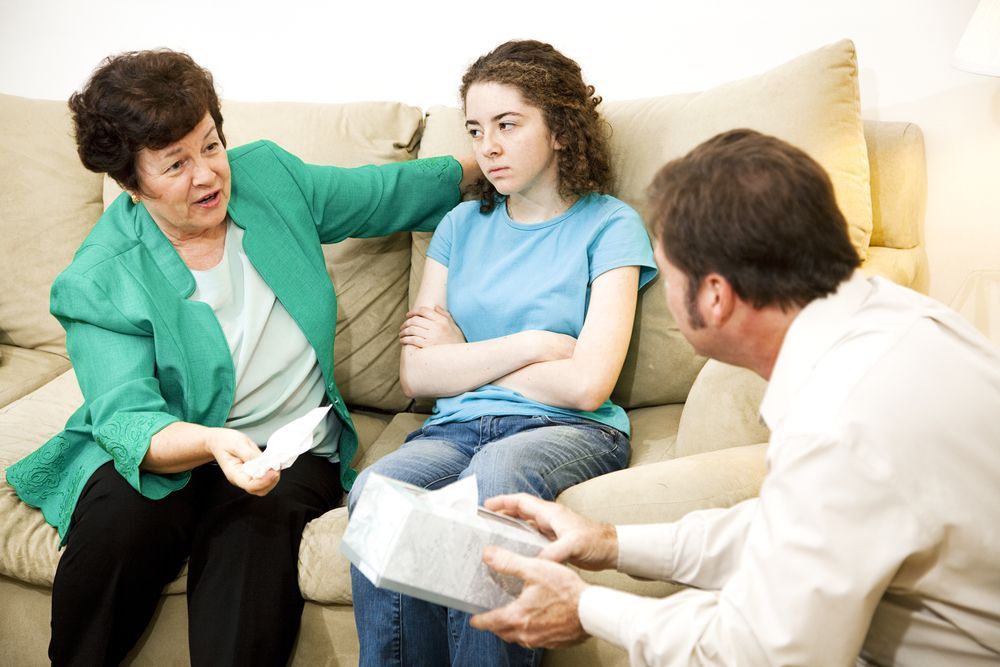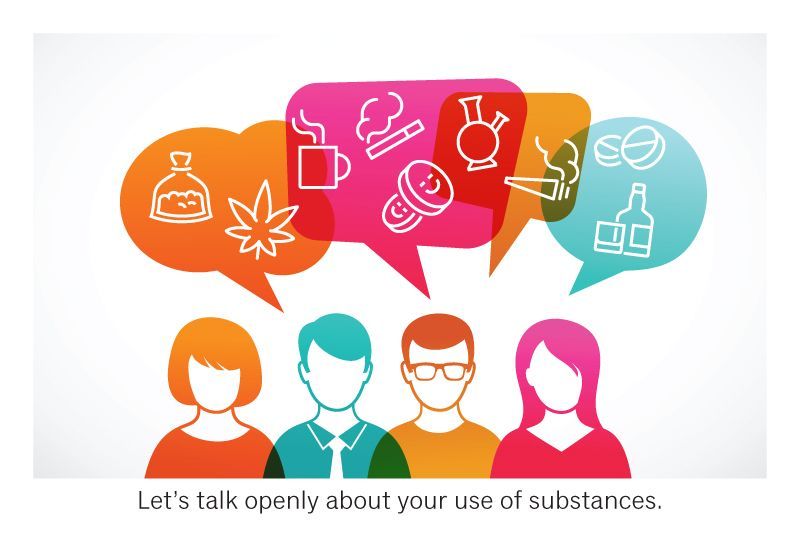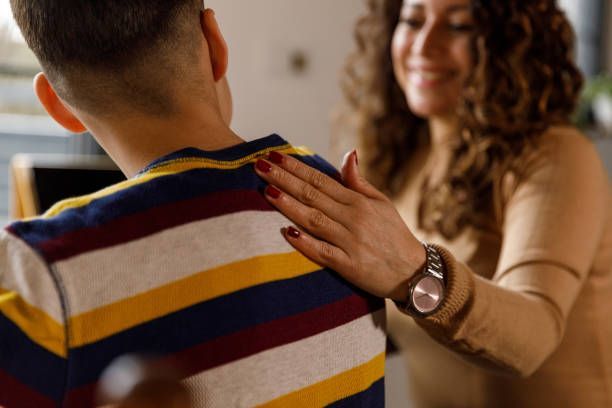Growing up brings about a lot of changes and challenges for children. Children move from the sweet, innocent stages of elementary school to middle and on to high school. These change range from raging teenage hormones to children trying to fit in to discovering and forging who they want to become in life.
Throughout all these multiple changes, children will probably sleep a little more; have mood swings; test the limits with responsibility and the consequences of not doing chores; get new friends; and even let homework slide here or there.

For parents and children, these stages often turn into battlegrounds. But if parents notice excessive change in sleeping patterns, a different set of friends, clothing style change and even different musical taste, curiosity should be piqued enough to start asking some probing questions. The changes in your child could be normal growth periods or could indicate your child is starting to use substances.
The questions parents should ask:
- I noticed that Johnny isn’t coming around as often and you seem to be hanging out with a new group of friends. Can I meet them?
- I noticed that you have changed your taste in music. Any particular reason?
- I noticed a change in your appearance. Any reason you are preferring this type of clothing?
- I noticed you have been staying up later and not getting up as easily for school. Anything to that?Depending on how your child responds to these questions may provide a clue if your child is using a substance. If your child seems evasive or vague; you believe he is answering questions dishonestly; or if they act secretive, your child may be using a substance.

For children in middle school, the substance of choice is marijuana. Child and Adolescent’s Substance Use Disorder Lead Dr. Karita Nussbaum said at this age marijuana is easily and readily available for adolescents. Some signs a child is using marijuana include coughing and a gravely voice. Physical signs may include:
- An increased thirst
- Acne
- Nose bleeds
- Pneumonia
- A cut back on caffeine
- Weight gain. Marijuana typically makes individuals have the “munchies.” Adolescent’s using marijuana typically have a lack of interest in activities and don’t socialize – they are loners.
Dr. Nussbaum said it is important for parents to know their children. Each child has their own pattern. The change in your child would not be a logical change for him or her.
Many adolescents at this age are starting to experiment because they are trying to cope with life’s challenges such as death and divorce are one end of an extreme but there are other challenges that prompt young people to experiment. For middle school children, they experiment with marijuana is to try the substance and “fit in.”

“Many kids feel pressured to fit in; fitting is important at this age,” said Dr. Nussbaum. “Everyone is doing it. No one wants to be made fun of for not doing it.”
As teens get older, freshman and sophomores often experiment with more dangerous substance such as may try something bigger ecstasy and MDMA. These are the party drugs. Teens report that these drugs enhance the party experience and make the music and lights more fun. High school students may use marijuana during the week and the harder drugs on weekends. By time kids are juniors and seniors, they begin to feel more comfortable with themselves and who they will eventually want to be.
In middle school, marijuana vape and dab pens are popular because for boys they can be hidden in baggy pants and for girls in oversized shirts. Today, Dr. Nussbaum indicated kids are starting to experiment as early as fifth or sixth grade.

WHAT IS A PARENT TO DO IF THE CHILD IS USING SUBSTANCES?
Dr. Nussbaum offered tips to parents if/when they discover their child is using a substance. Dr. Nussbaum said there is a two-step process she recommends parents follow.
Before getting to Step one, Dr. Nussbaum recommends parents try to remain as calm as possible when their child admits to using a substance. She indicated while showing that you are visibly upset or coming down harshly is a common reaction, this will not help the situation. Parents can let their anger out privately after the conversation.
Step 1
Dr. Nussbaum said Step 1 is asking questions and getting the child to provide straight answers. Some good starter questions might be – “How much are you using?” “When did you start using?” “How did or are you getting it?” Do you know the risks?” “Can we talk more?” If the child shuts down or provides no answers, then you would move to Step 2. But if the child is open to a discussion, here are tips to continuing the conversation.
“Be objective and calm,” said Dr. Nussbaum. “Start the dialogue discussing the risks and dangers.”
Dr. Nussbaum said trust that your child is listening and being attentive. She said if the child is cooperating, hopefully this will solve itself.
In Step 1, Dr. Nussbaum indicated that you as a parent are exploring what is taking place. You are trying to address the problem. Readjust rules of the household. And hold the child to some accountability. If you discover this is a significantly bigger problem, you can see if your child can quit on their own. If not, you can suggest drug testing. If these options do not seem to be working, then the parent should move to Step 2.
Step 2
Dr. Nussbaum said Step 2 is when we see that the child is addicted to the substance of their choice. At this point, the family is seeking to get a professional opinion. A chemical dependency counselor will do an assessment and can make recommendations for treatment.
General facts
- It is important to note that the brain is still developing to the age of 26. Substance abuse does affect a teenager’s decision-making skills.
- Also, everybody’s body and chemical make up is different. The dopamine chemical released in everyone’s body gives a different response.
- Alcohol and marijuana are teenager’s substance of choice but meth is making a comeback.
- In Ohio, on Oct. 16, the law changed to anyone under the age of 21 cannot purchase tobacco products (vaping included).

To learn more about how C&A can help your child or your family through this difficult time, call 330-433-6075.
Part three of this blog series on Substance Abuse will examine the different levels of addiction – use, abuse and dependency.
RECENT POSTS












